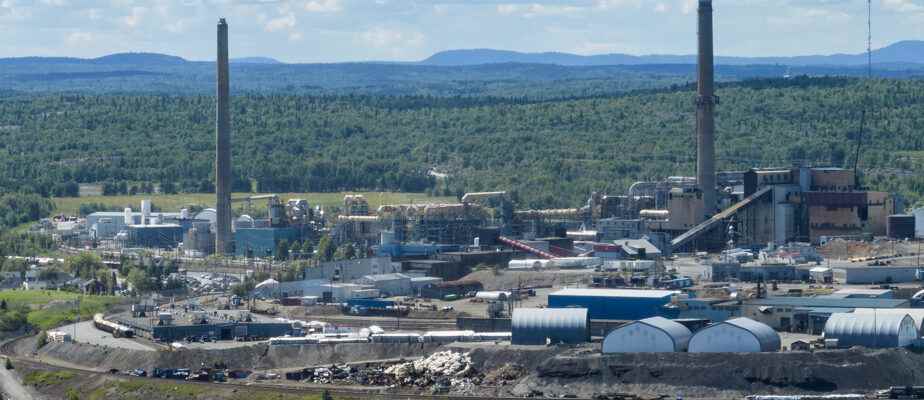The new “ministerial authorization” from the Horne Foundry was sent to the Rouyn-Noranda company on Wednesday. The requirements imposed on the company are “strengthened” thanks to an independent analysis of the company’s ability to reduce its emissions of contaminants, supports the Minister of the Environment, Benoit Charette.
The document, which must regulate for the next five years the industrial discharges of the only copper smelter in Canada, was sent by bailiff at the end of the day, confirmed the cabinet of the minister of dde Benoit Charette, Thursday morning.
Under the Environment Quality Act (LQE), the company belonging to the multinational Glencore has two weeks to study the document and formulate its comments before it is officially in force and made public.
The Law also provides that the company can request an extension of this period of two additional weeks, which means that the ministerial certificate will be made public no later than February 23.
In the wake of the controversy over the contamination of the air and soil of Rouyn-Noranda with heavy metals, in particular arsenic, from the Horne Foundry, Quebec had undertaken to tighten the requirements imposed on the company, on the occasion of the renewal of the previous ministerial authorization, which expired at the end of last November.
Quebec announced last summer its intention to ask the foundry of the multinational Glencore to reach, within five years, an annual average of 15 nanograms of arsenic per cubic meter of air – it is all the same five times higher than the Quebec standard of 3 nanograms. The factory had until now been authorized to release into the air up to 100 nanograms of arsenic per cubic meter.

PHOTO ÉRICK LABBÉ, THE SUN
Benoit Charette
“There are reinforced measures compared to the proposal mentioned this summer,” said Minister Charette, without wanting to give details for the moment.
The government has always maintained, like the company, that it is technically impossible for the smelter to meet the 3 nanogram standard. Without saying that the arsenic emissions cap has been lowered, Benoit Charette indicated that his department has carried out an independent study to determine how far the company could reduce its emissions.
“Over the past few weeks and months, we have taken the time to assess the available technologies, the time needed to implement them and the results they could produce. And that was not data that only came to us from the foundry. The department has expended enormous resources and energy to be able to assess each of these elements. We have an independent analysis that leads us to believe that the requirements that will be imposed on the company are achievable. […] We wanted to be sure to have an authorization that went as far as possible that technology allows us, ”explained Mr. Charette on the sidelines of a meeting of the CAQ caucus in Laval to prepare for the return to parliament which will begin on January 31.
He added that thanks to this work, “we are going further and above all we have the consent of Public Health which was our starting condition to ensure that the population is not endangered by the presence of this company. “.
Minister Charette had initially committed to issuing the new ministerial authorization before the end of the year, but discussions with the company dragged on.
Quebec had therefore announced in December the postponement of the renewal to January, by making public the summary of the public consultation carried out on the subject.
Learn more
-
- 1927
- Year of the beginning of the activities of the Horne smelter in Rouyn-Noranda, which also included a mine until 1976
SOURCE: HORNE FOUNDRY
